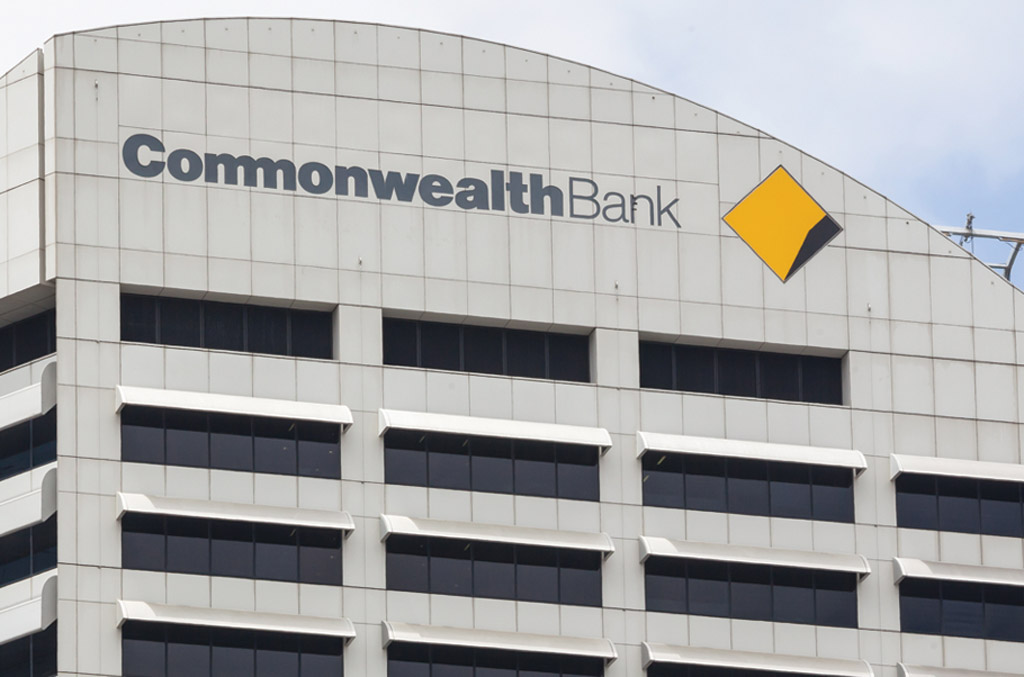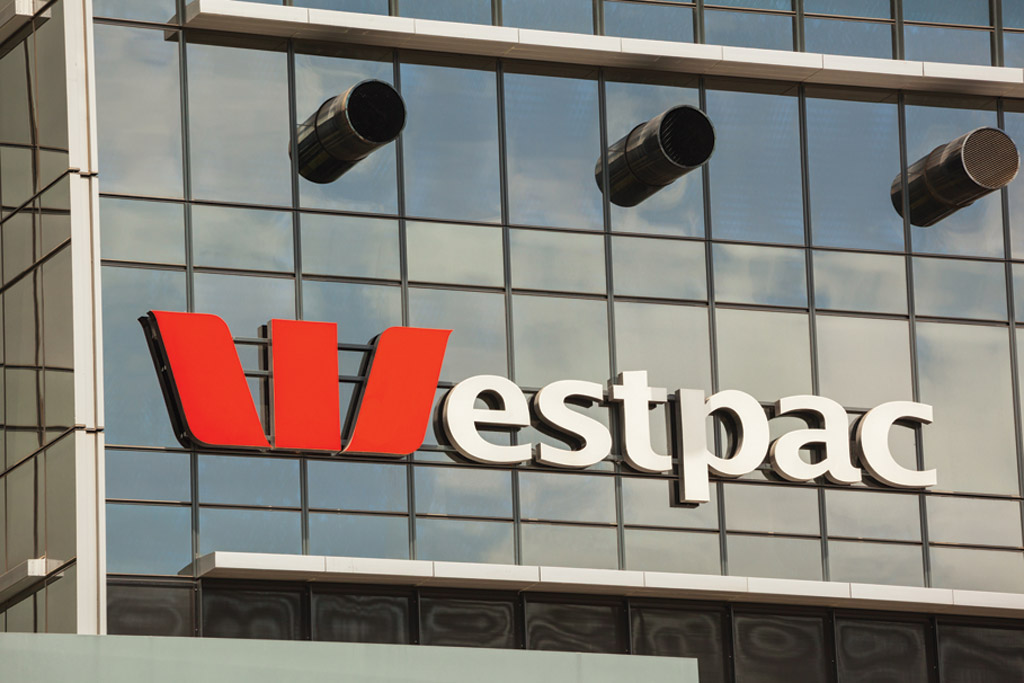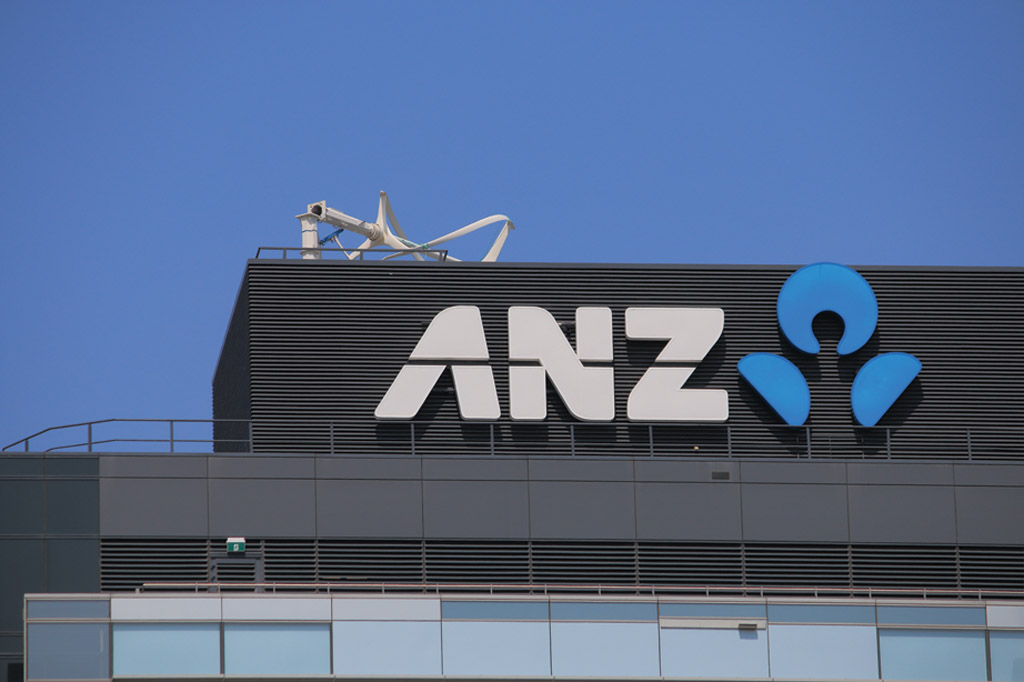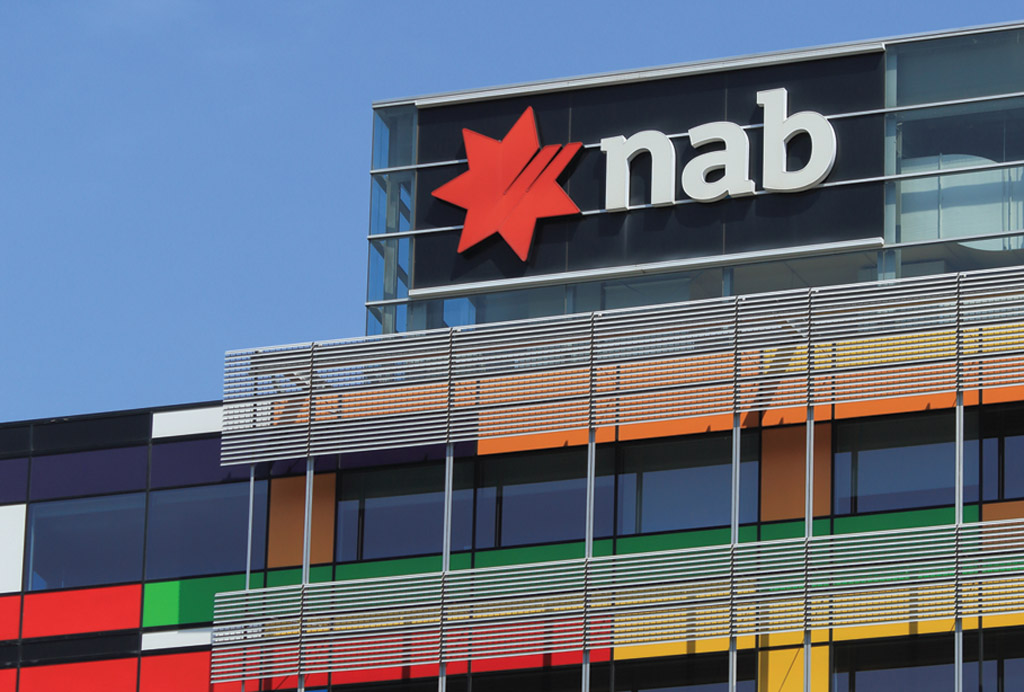19.1 Financial institutions
Banks
In Australia, the Reserve Bank of Australia (RBA) is a statutory authority established by the Reserve Bank Act 1959 and is our central bank. Its role is to conduct monetary policy, maintain a strong financial system and issue the nation’s currency. It also manages Australia’s gold and foreign exchange reserves. It does not, however, transact business with individuals.
Banks are categorised as authorised deposit-taking institutions, licensed to carry on banking business under the Banking Act 1959 and are regulated by Australian Prudential Regulatory Authority (APRA). The role of this body is to oversee banks, credit unions, building societies, insurers and fund managers.
There are 65 banks in Australia licensed to provide a wide range of financial services to all sectors of the economy. Some of these are foreign banks operating through a branch in Australia – for example, the Bank of China Limited, BNP Paribas, Lloyds Bank and the Royal Bank of Canada. There are 21 Australian-owned banks, yet most of us would not be able to name more than the four major banks: the Australia and New Zealand Banking Group, Commonwealth Bank of Australia, National Australia Bank and Westpac Banking Corporation. These four banks are all very keen to gain and retain us as their customers (depositors and borrowers) and often offer encouragement to individuals to change their financial institution.
Banks offer the following general services and banking products to their clients:
- a transaction account where you are able to make regular deposits such as your salary or wage, pay bills or shop using your automatic teller machine (ATM) card (debit card); these accounts can also be accessed using a cheque book
- a savings account on which interest is paid generally when the account reaches a certain balance, or if you only make deposits and not withdrawals over a period of time
- a credit card where you can pay for goods and services via Electronic Funds Transfer at Point of Sale (EFTPOS) terminals; credit cards can also be used to purchase goods or pay bills online and attract a high rate of interest if not paid out in full by the due date
- a personal loan – a small loan which can be used by customers when making purchases such as a car, a holiday or undertaking minor house renovations
- a home loan, referred to as a ‘mortgage’. When customers purchase a property the bank will lend money which is secured over the property by way of a registered mortgage.
Banks also offer other services such as insurance, foreign currency accounts, investment and managed funds accounts; and for businesses a range of specialised business products.
Interactive 19.1
RESEARCH 19.1
Using the Savings Account Finder website at www.cambridge.edu.au/hass9weblinks, find out which savings account and everyday transaction account would best suit your current financial situation. Record your findings in a short report that justifies why this account suits you.
One of Australia’s smaller banks is Bendigo Bank. It started as a building society servicing the Victorian community and in particular residents of Bendigo. Customers deposited their money (savings) with the building society to earn interest and when buying a property they applied for loan funds. It became a bank in 1994 and merged with the Adelaide Bank in 2007. Bendigo Bank differentiates itself from other banks by being regarded as ‘Australia’s most customer-connected bank’. Not only does it offer a diverse range of products and services to its 1.5 million customers but it has also adopted a different style of operations from other banks by using a community banking model. This model aims to provide employment for local residents, retain local capital in the community, provide an opportunity for local residents to become shareholders of the bank, and fund important community projects.
Source 19.2 Bendigo Bank emphasises its community banking model in this television advertisement. (01:01)
DEVELOPING YOUR UNDERSTANDING 19.1

Building societies
Building societies were traditionally established as mutually owned institutions (owned and run by their members), but now they are generally registered as companies with shareholders. There are only nine building societies operating in Australia and their operations also come under the supervision and regulation of APRA. In the past there were many more building societies, but over time they have been acquired by banks. The main role of building societies is to raise their funds by accepting deposits from individuals and then providing loans (mortgages) for these depositors when buying owner-occupied properties (houses or apartments). The remaining building societies are the Greater Building Society Ltd, Newcastle Permanent Building Society Limited, Wide Bay Australia Limited, Maitland Mutual Building Society Limited, B&E Ltd, Big Sky Building Society Ltd, Hume Building Society Ltd, The Rock Building Society Ltd and IMB Ltd.
Credit unions
Credit unions are not-for-profit cooperative financial institutions that are owned and controlled by its members. Many credit unions are formed by local communities or at workplaces. There are currently 93 credit unions operating in Australia and, as with all authorised deposit taking institutions, they are supervised and regulated by APRA.
Their purpose is to encourage their members to save money, paying them a slightly higher rate of interest than banks and providing them with credit at reasonable rates (lower than banks). If the credit union generates excess earnings it will offer loans to its members. Credit unions are considered to be safe and convenient places to access affordable financial services. Examples of credits unions associated with a workplace are the Australian Defence Credit Union Limited, Lysaght Credit Union Ltd, Police Credit Union Limited and Woolworths Employees’ Credit Union Limited. Examples of community-based credit unions are the Swan Hill Credit Union Limited, Broken Hill Community Credit Union Limited and Wyong Shire Credit Union Limited.
RESEARCH 19.2
- Interview a family member and find out which financial institutions your family has accounts with, and which bank products your family is using.
- Collate the class result in a spreadsheet based on name of banks and different types of bank products.
- Present this information in a series of graphs and conduct a class discussion about the results.



